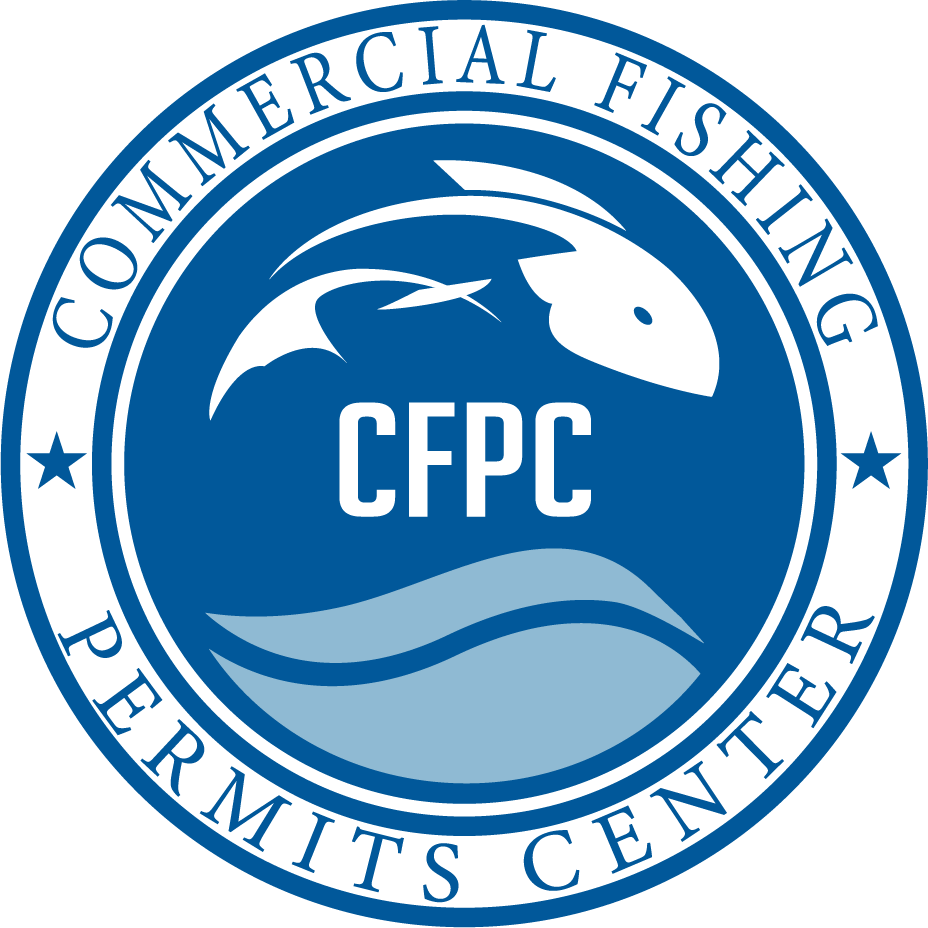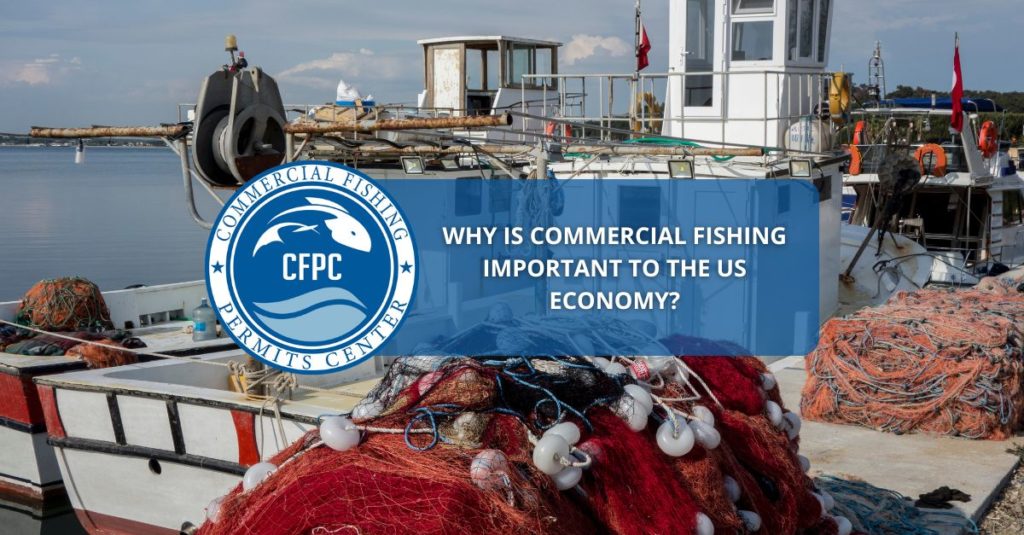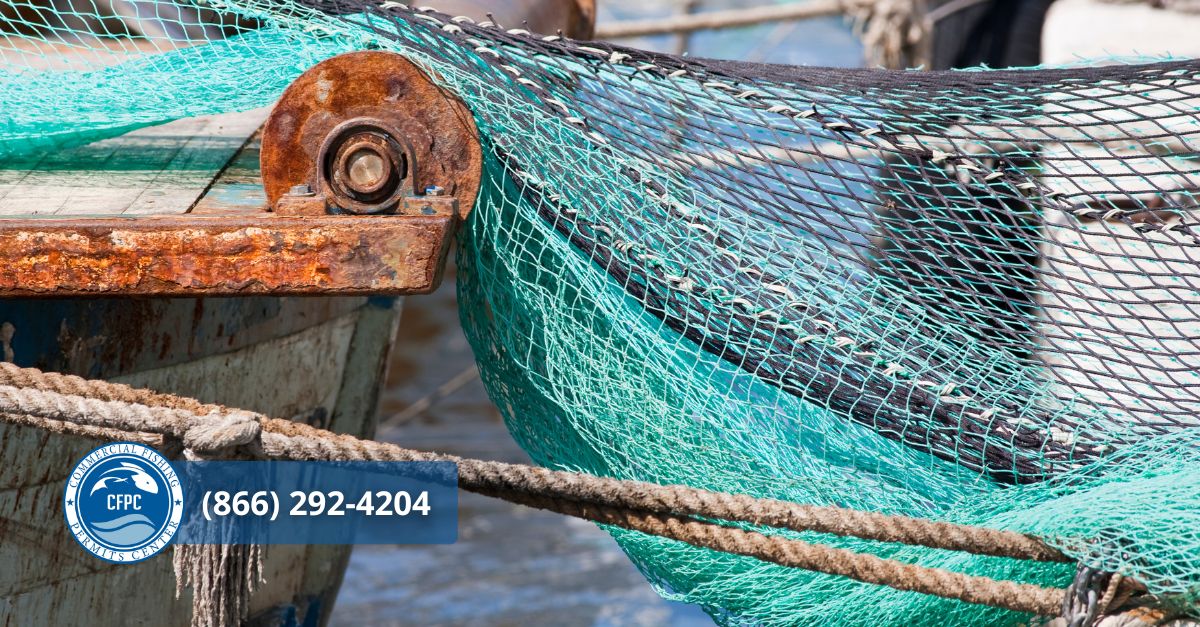Have you been out to eat at a seafood restaurant lately? If so, you may have noticed that certain types of fish are commanding a high dollar these days. As market demand for fresh seafood remains at record highs, commercial fishermen around the United States are working hard to provide ample supplies of fresh seafood to consumers. Commercial fishing is a massive, global industry, and in the United States, this line of work plays a key role in our economy. In fact, 1.8 million jobs are created every year in the United States by the commercial and industrial fishing industry. A whopping $250 billion is also generated in fish sales every year. With so much money to be made, it is no surprise that fishing for a living can have a strong allure for individuals who like to work with their hands outside. If you are thinking about starting your career as a commercial fisherman, you are going to want to learn a bit about the industry, as well as what types of federal fishing permits you will require.
While you may find that fishing commercially can offer a professionally fulfilling career, it is not without a fair amount of hard work. Many of the most sought-after types of fish have habitats in areas where the weather is not always kind, such as Alaska or off the shores of northern New England. You may find yourself navigating difficult seas and harsh weather conditions, all while handling dangerous lines and heavy equipment. This is also a field of work that requires patience. If you fish as a hobby, you are probably used to spending entire afternoons out on your boat. As a commercial fisherman, however, you should be prepared for spending entire days out at sea, away from your family and the comforts of the indoors. Still, if you are willing to subject yourself to some tough work, you can find yourself with a lucrative business as a commercial fisherman–read on to learn more.
Commercial Fishing by the Numbers
Fishing for a living is a professional practice that dates back hundreds of years. If you think about it, it is not hard to figure out why. In principle, commercial fishing is an incredibly simple operation. Just about anyone can potentially cast a line, reel in a fish, and sell it at the market. Of course, technology and industry practices have evolved quite a bit, and many large-scale industrial fishing outfits are rather sophisticated operations. With so much money at stake, it makes sense that innovation would thrive in the commercial fish industry, and in 2022, there are plenty of numbers to help explain why.
On an annual basis, commercial fishing contributes more than $100 billion to the gross domestic product (GDP). As we are in a period of growth in this industry, nearly 2 million jobs are created every year, giving hard-working Americans respectable livelihoods. Fish such as scallops and lobster tend to be some of the highest earners, routinely turning over eight-figure sales numbers year in and year out.
How to Start an Industrial Fishing Business
If the earning potential that comes with industrial fishing has become too difficult to ignore, you may want to know a bit about how to start a fishing business. First, you are going to require a boat that is adequately outfitted for the rigours of commercial fishing. That means installing the right gear, stocking your first aid kits, and having a galley equipped for spending days at sea. You are also going to want to think about hiring a crew. If you are new to this business, especially, having experienced fishermen on your team can help you better maximize your catch.
Next, you are going to have some paperwork matters to address. Specifically, you will want to make sure that your business has the correct commercial permits for fishing. The types of licenses and permits your business will need depends largely on what you are fishing for and where you will be fishing. If your fishing business is focused on inland waters, or within three nautical miles of the coastline, you will need to seek a fishing license from your state’s Department of Fish and Wildlife. Federal waters, which are the area from three to 200 nautical miles out from the shore, are governed by the National Oceanic and Atmospheric Administration (NOAA). NOAA permits are divided up by region, with specific licenses available for Alaska, the Pacific Islands, the West Coast, the South, and the Atlantic.
Get the Permits You Need Online
We can help you apply for all the permits you need online. By using our easy-to-fill online forms, you can process your NOAA permit requests in just a matter of minutes. To learn more about our services and how we can help you, take a minute or two to explore our website. You can also contact one of our customer service representatives by email or phone with any questions you may have.



No Comments
Be the first to start a conversation